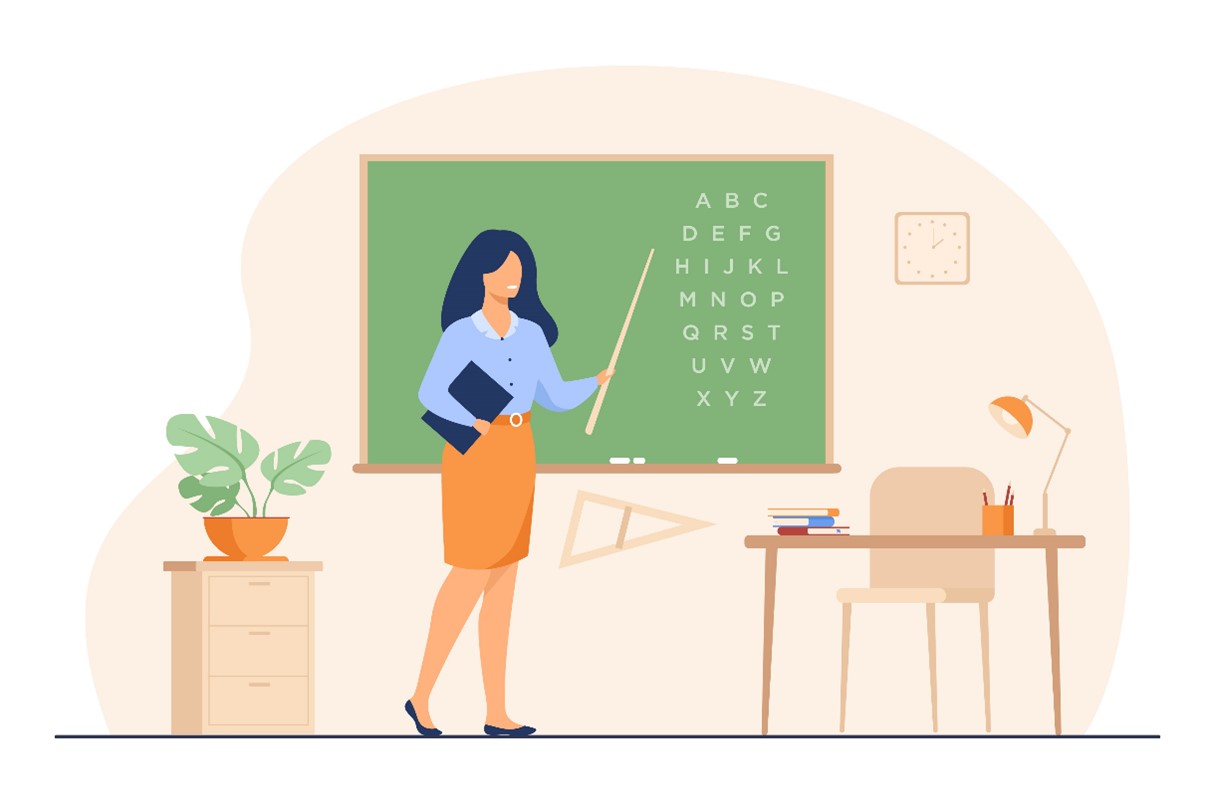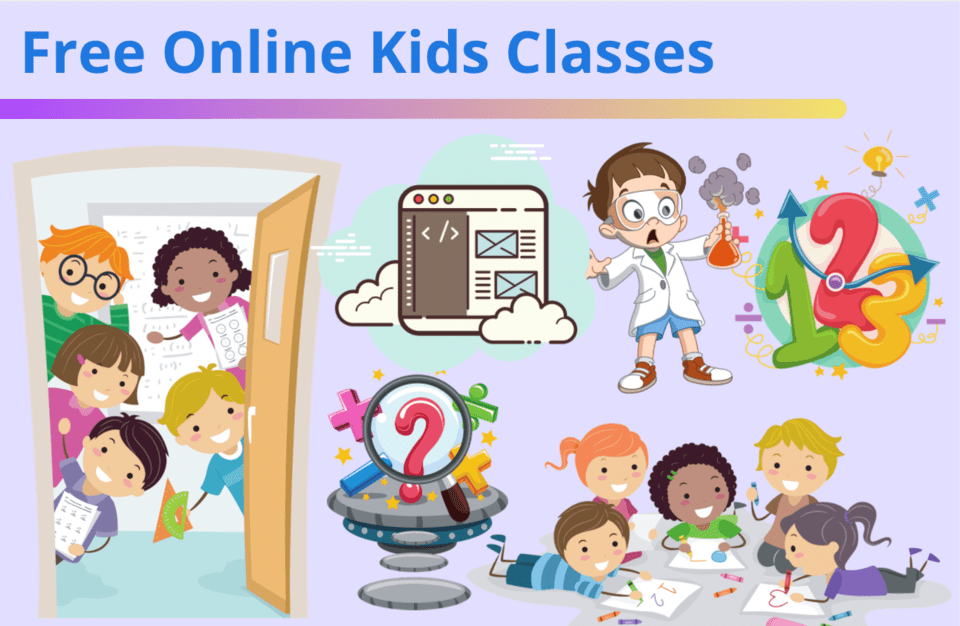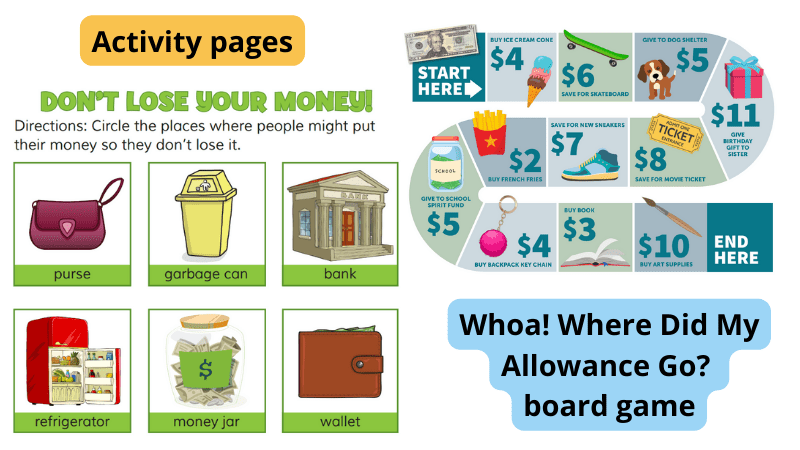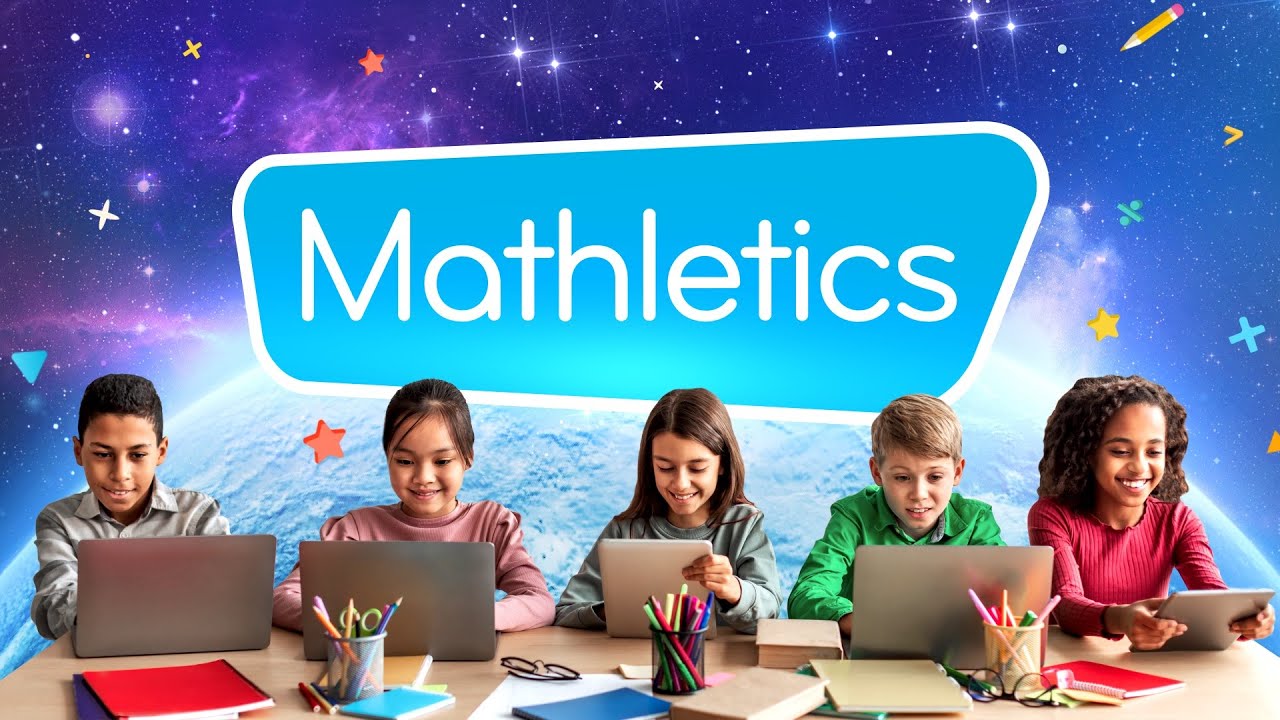In today’s academic landscape, the push towards inclusivity within classrooms is growing stronger, particularly in subjects that traditionally generate a spectrum of student anxieties and disparities like mathematics. Blended learning has surfaced as a powerful approach to break down some of these barriers, fostering a more inclusive environment where each student can thrive. Blended learning is an educational model that combines traditional face-to-face instruction with digital and online methodologies. This eclectic approach does not just meet the diverse learning needs of students; it revolutionizes the very concept of education by honoring individual learning styles and paces. It’s in this synergy …
Continue reading “How Blended Learning Increases Inclusivity In Math Classrooms”







